|
|
|
|
|
|
|
|
Photo Gallery for Kinosternon subrubrum - Eastern Mud Turtle
| 29 photos are shown. |
 | Recorded by: J. Reynolds
Rockingham Co.
Comment: |  | Recorded by: J. Reynolds
Rockingham Co.
Comment: |
 | Recorded by: T. Chisholm
Iredell Co.
Comment: | 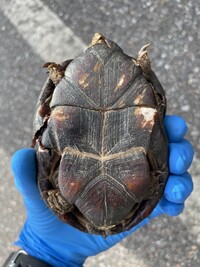 | Recorded by: T. Chisholm
Iredell Co.
Comment: |
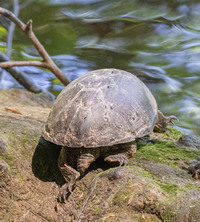 | Recorded by: Stephen Hall, Meriel Goodwin, David George, Gary Perlmutter, Blanka Aguero, Lisa Gatens
Chatham Co.
Comment: |  | Recorded by: L. Eckart
Carteret Co.
Comment: |
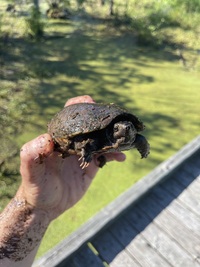 | Recorded by: C. Teague
Beaufort Co.
Comment: | 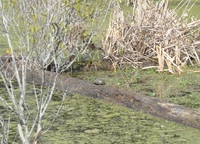 | Recorded by: K. Bischof
Beaufort Co.
Comment: |
 | Recorded by: Z. Lunn
Scotland Co.
Comment: | 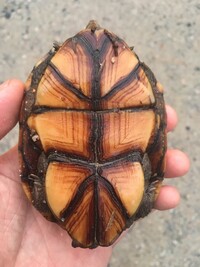 | Recorded by: Z. Lunn
Scotland Co.
Comment: |
 | Recorded by: Erich Hofmann
Craven Co.
Comment: |  | Recorded by: K. Sanford
Camden Co.
Comment: |
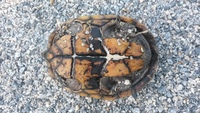 | Recorded by: K. Sanford
Camden Co.
Comment: | 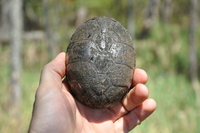 | Recorded by: K. Bischof
Beaufort Co.
Comment: |
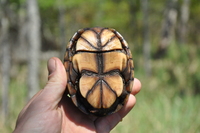 | Recorded by: K. Bischof
Beaufort Co.
Comment: |  | Recorded by: K. Bischof
Burke Co.
Comment: |
 | Recorded by: K. Bischof
Burke Co.
Comment: | 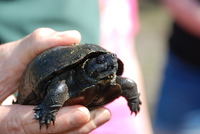 | Recorded by: C. Edwards
New Hanover Co.
Comment: |
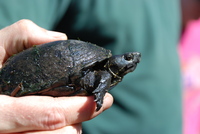 | Recorded by: C. Edwards
New Hanover Co.
Comment: |  | Recorded by: C. Edwards
New Hanover Co.
Comment: |
 | Recorded by: W. Stanley
Cumberland Co.
Comment: | 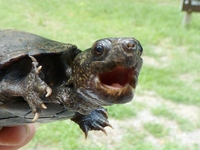 | Recorded by: Jane Wyche
Gates Co.
Comment: |
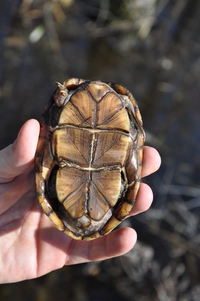 | Recorded by: K. Bischof
Beaufort Co.
Comment: | 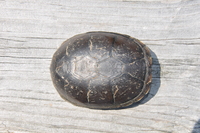 | Recorded by: K. Bischof
Beaufort Co.
Comment: |
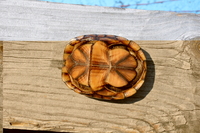 | Recorded by: K. Bischof
Beaufort Co.
Comment: | 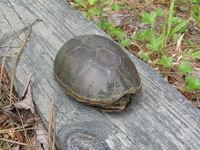 | Recorded by: B. Bockhahn
Wake Co.
Comment: |
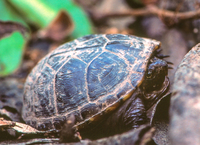 | Recorded by: Steve Hall
Orange Co.
Comment: | 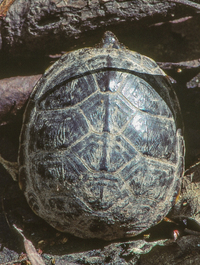 | Recorded by: Steve Hall
Orange Co.
Comment: |
 | Recorded by: Steve Hall
Orange Co.
Comment: |
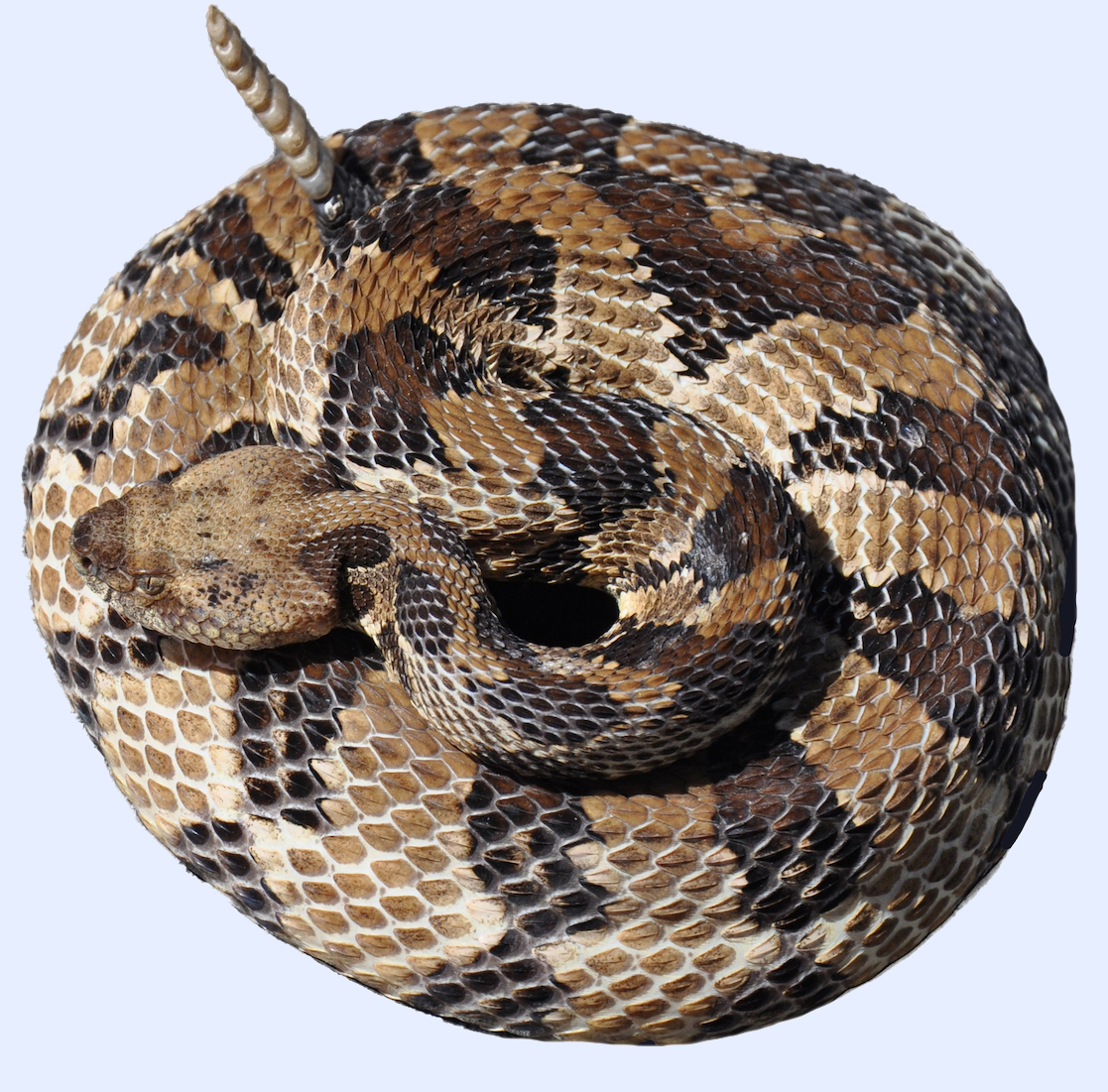
 »
» 




 »
» 


